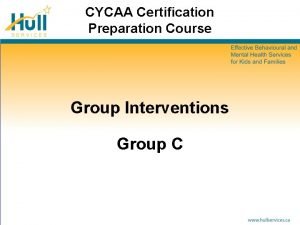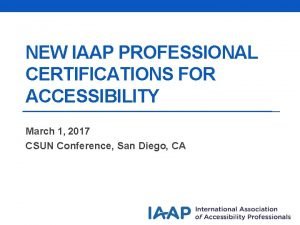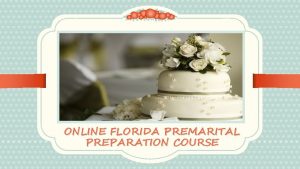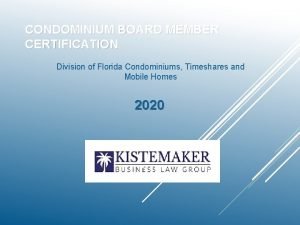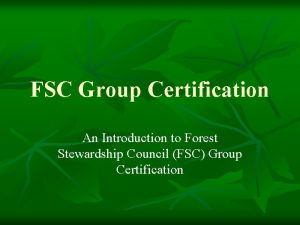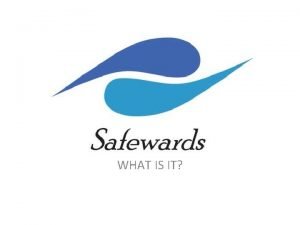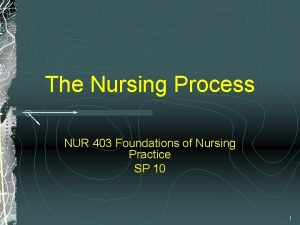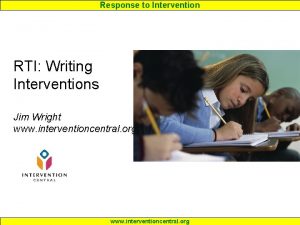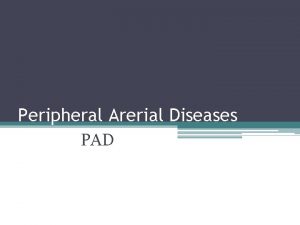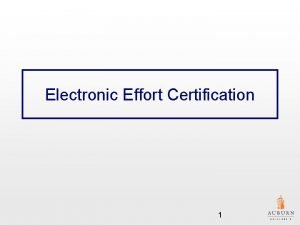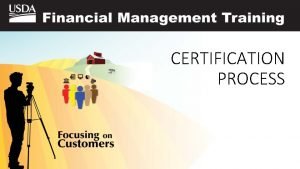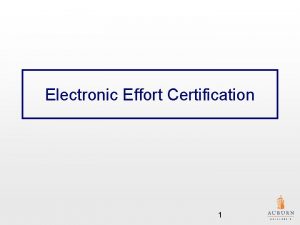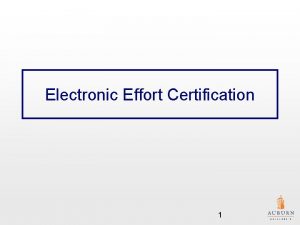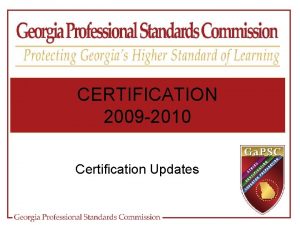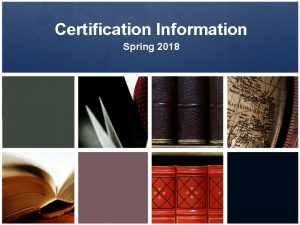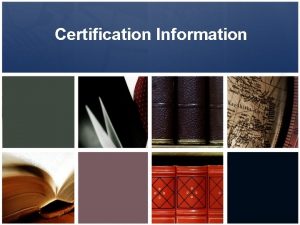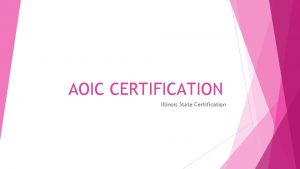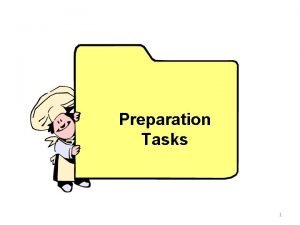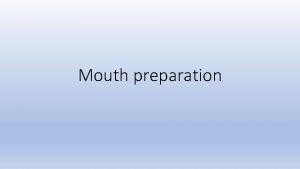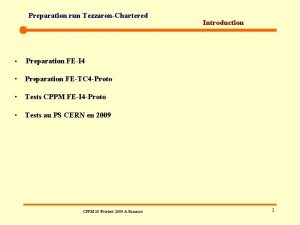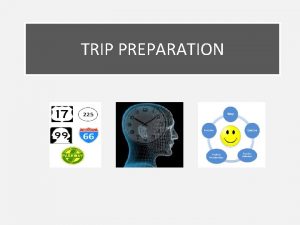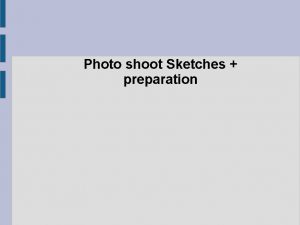CYCAA Certification Preparation Course Group Interventions Group C






















- Slides: 22

CYCAA Certification Preparation Course Group Interventions Group C

Group Interventions Question One Describe the phases of group development and for each phase identify two process goals for the group that will need to be accomplished before moving to the next phase. Provide an example from your work place.

Group Interventions Choose a definition of group development stages such as: • • • Caple; Yalom; Form, Storm, Norm, Perform, Adjourn stages.

Group Interventions Question One Group Developmental Stages 1. Form - the group comes together. People may be in the “honeymoon” stage as they get to know each other. 2. Storm - the group gets more comfortable and roles and conflict can emerge. The group is underway and people are sharing, coming up with ideas, etc.

Group Interventions Question One 3. Norm - the group adjusts behaviour and looks at starting to get tasks done and work on goals. 4. Perform - the group is actively working on goals and getting things accomplished. 5. Adjourn - Goals are accomplished and the group is ending.

Group Interventions Question One Process goals for each stage/phase could include: Forming: Communication of what needs to/will occur. Storming: conversion of individual goals to group goals.

Group Interventions Question One Norming: Developing norms (acceptable behavior in group). Performing: Following through with tasks necessary to achieve goals. Adjourning: Feedback.

Group Interventions Question One Using the Forming, Storming, Norming, Performing, Adjourning stages, discuss our certification class.

Group Interventions Question Two Describe five communication skills to effectively facilitate a group. Provide a case study of a group showing how you have attempted to use these skills.

Group Interventions Question Two Communication skills used to effectively facilitate a group: • • Minimal encouragers Closed questions Open questions Paraphrasing Challenging Voice Tone Mirroring Body Posture, etc.

Group Interventions Question Three Describe the importance and the implications of viewing the group as a means as well as a context for change. Illustrate using an example from your practice.

Group Interventions Why is it important to view the group as a means and context for change? What are the implications?

Group Interventions Question Three Example: • All member are effected by one another, even if their influence on one another is not apparent. • Importance: everyone can influence each other and facilitate change so we need to watch for positive/negative influences, even if it not very noticeable • Implication: change can be positive or negative depending on the influence of others in the group

Group Interventions Example: • Because all members are assigned or assume roles, the behaviour of individual members is viewed as being functional or purposeful. • Importance: If a person is viewed as having a purpose, they have a reason to grow/ change, having no purpose may result in negativity • Implication: All roles in the group need to be meaningful and show the participants their value, causing them to be more open to change/ positive

Group Interventions Question Four Discuss how concepts from systems theory and ecological theory are relevant for working with treatment groups. Using an example from you practice, discuss how you apply these theories.

Concepts from ecological theory (Bronfenbrenner): 1. Microsystems: a pattern of activities, roles and interpersonal relationships. 2. Mesosystem: linkages and processes taking place between two or more settings containing the developing person.

Concepts from systems theory (Minuchin, 1985): 1. Systems are organized wholes and all parts of the system are interdependent. 2. Subsystems have boundaries and implicit rules govern interactions across boundaries.

Group Interventions Question 5 Discuss the role and purpose of activities as a group intervention, including the individual and group variables which must be considered. Provide an example from your practice of a group activity planning using these principles.

James Whittaker- Activity Planning excerpts from The Other 23 Hours Role and Purpose of Activities: • • • Skill mastery/confidence Peer Interaction Assessment Fun! And…Physical and Cognitive benefits

6+1 Activity Dimensions to be considered: 1. Degree and Range of rules required for activity 2. Amount of control required by participants and/or adult 3. The Environment – provision to physically move about? 4. Minimum amount of competency required to participate 5. Participant Interactiveness 6. Reward Structure 7. And… The Staff member leading activity

Individual Variables: 1. Skill 2. Motivation 3. On tap control

Group Variables: 1. Group Solidarity(cohesion) 2. Group Composition 3. Group Mood
 Cycaa certification
Cycaa certification Cpacc exam
Cpacc exam Florida premarital course providers
Florida premarital course providers Certification course in risk management nibm
Certification course in risk management nibm Florida condominium board member certification
Florida condominium board member certification One brick t junction in english bond
One brick t junction in english bond Course title and course number
Course title and course number Chaine parallèle muscle
Chaine parallèle muscle Fsc group certification
Fsc group certification Kuok kim macau
Kuok kim macau Enisa cert
Enisa cert Soft words safewards
Soft words safewards Order of nursing process
Order of nursing process It is the blueprint of the nursing process
It is the blueprint of the nursing process Collaborative interventions nursing
Collaborative interventions nursing How to prioritize nursing problems
How to prioritize nursing problems Tier 1 interventions examples
Tier 1 interventions examples Rti writing interventions
Rti writing interventions Research based math interventions for middle school
Research based math interventions for middle school Nursing interventions for dvt
Nursing interventions for dvt Occupational therapy hip replacement interventions
Occupational therapy hip replacement interventions Definition of nursing process
Definition of nursing process Conclusion of nursing process
Conclusion of nursing process
